 Delhi
DelhiEvery Name Has a Story | These Places in Delhi Have Unheard Legends Buried in Their Names
The grand edifices punctuating the landscape of the capital and the humble streets driving through its heart, all scream of the stories unheard and sing of the histories erased. And while you glance through the windows of your metro, or capture them in the backgrounds of your selfies, all they beg for is an ear - an ear to lend to the tales of their victories and the sorrows of their defeat. Interestingly, the intriguing fables of these memoirs are entwined in the very etymology of their nomenclature. A dive into their names opens some astonishing chapters!
Chirag Dilli
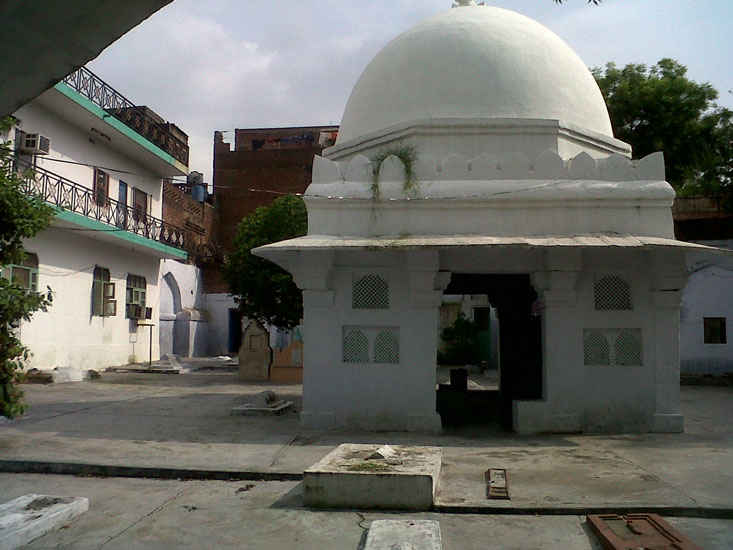
It is where lamps were lit with faith and the town was bathed in light. No lies. The mystic poet and Sufi saint Nasiruddin was blessed with the might of lighting lamps with water instead of oil, by his Master Nizamuddin. There he went about lighting the then village with devotion and prosperity and got christened with the name ‘Chirag-e-Delhi’ or the ‘Illuminated Lamp of Delhi’. Chirag is the Urdu word for Light.
Chawri Bazaar

Turn the calendar pages back a couple of centuries and you could see a sabha taking place in this area called chawri bazaar at almost any time you care to think of. Sabha means a meeting and back when there wasn’t a Public Redressal System like the one that exists today - people gathered in front of a noble’s home, residing in this region of Delhi, to settle matters of dispute before it proceeded to the emperor. That was mainly why the street got its name of Chawri Bazaar, since chawri is the Marathi for sabha and chawri bazaar indicates a meeting place.
Barakhamba
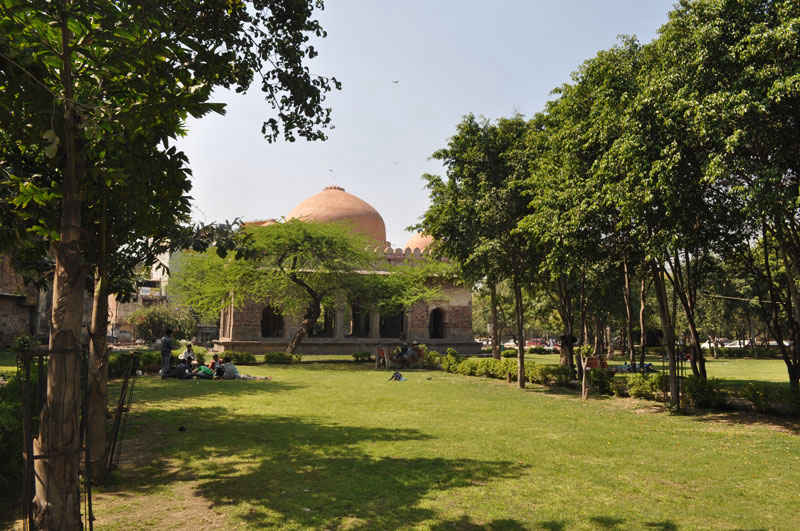
Amidst the Nizamuddin Basti in New Delhi, at a stone’s throw from the Dargah of Nizamuddin Auliya, stands the flamboyant Barakhamba tomb, the noble creator of which chose to leave the edifice without a name. Lost in the chapters of history, the builder of the monument remains unknown and hence the structure of its formation garnered it its name. The tomb is built on twelve pillars in all and the name Barakhamba means exactly that, twelve pillars.
Ballimaran

A loquacious street now covered with a litany of stores selling everything from a bangle to medicines to clothes, was once home to a faction of boatmen during the Mughal era.
For the transportation of goods between the Red Fort and the Fatehpuri mosque, boats were used along the river and were plied with oars by the boatmen. And right here where you would rather catch up for a cheap kachori or maybe a jalebi on an early balmy evening, resided the rowers of the old times. Balli means ‘oars of a boat’ and Maran means ‘the act of steering the oars’. The place owes its name to the boatmen.
Sarai Kale Khan

The wide lanes of this South Delhi stretch, shining under the merry gleam of the broad daylight, once harbored a century-old devotee and Sufi saint, Sarai Kale. If you would have strolled past this area around the 14th or 15th century, the narrow lanes of the former village would have sung you the tales of his devotion and courage. A sarai literally means a rest house for caravans or travelers, and the area was originally named ‘Kale Khan ki sarai’, as Kale Khan was housed here. Later, the name got simplified to Sarai Kale Khan.
Khooni Darwaza
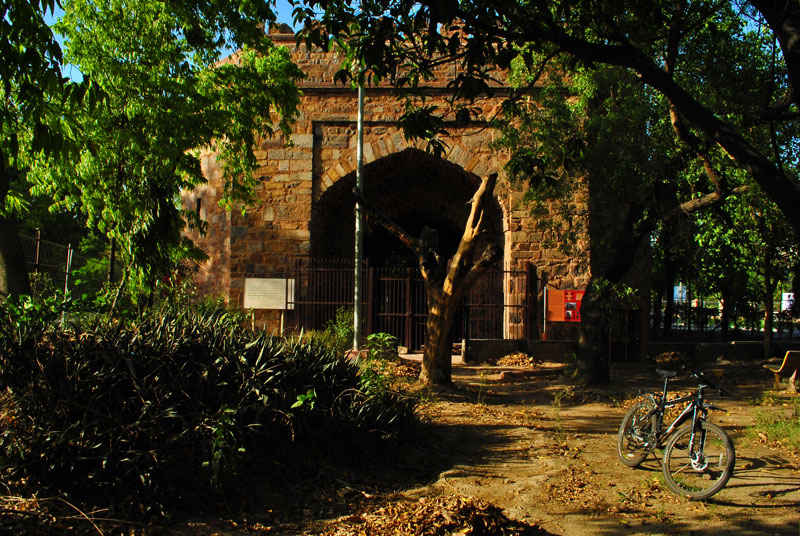
Painted in red is the history of this place so fondly built by the emperor Sher Shah Suri in the 1540s, which now only whispers the rumors of its ghost stories. Right here in the middle of the Bahadur Shah Zafar Marg, on this archway during the First War of Indian Independence in 1857, the three princes of the Mughal dynasty – Bahadur Shah Zafar’s sons Mirza Mughal and Mirza Khizr Sultan and grandson Mirza Abu Bhakt, were stripped naked and shot at point blank range by Captain William Hodson, a British Soldier. Their bodies were then put up for public display. This, coupled with a few more heart tearing incidents hosted by this place, earned it the unfortunate name.
Chandni Chowk
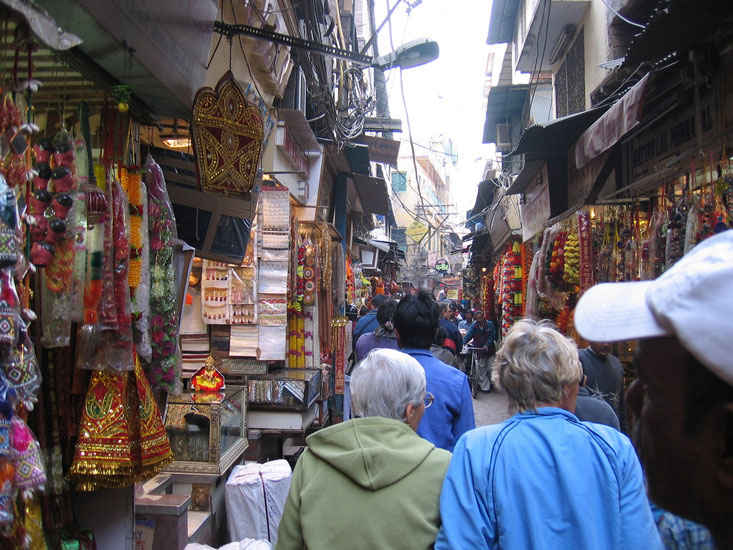
The very nomenclature of this place shouts of the magnificence and richness of the country and its capital during the Mughal era. Chandni Chowk, or Moonlight Square was once the grandest Indian market designed and established by Shah Jahan’s favorite daughter, Princess Jahanara in the mid 17th century. The market complex was of the shape of a square with a pool at its centre, the waters of which shimmered under the moonlight. And that’s how Moonlight Square was the perfect idea of its name.
A walk through the bazaar during those old times would have revealed a fascinating view where even all the shops were in a half-moon shaped pattern! A second face to the story exists that claims the name to be rather an overtime twisted version of Chandni Chowk, referring to the rich silver merchants that the bazaar was famous for.
Dhaula Kuan
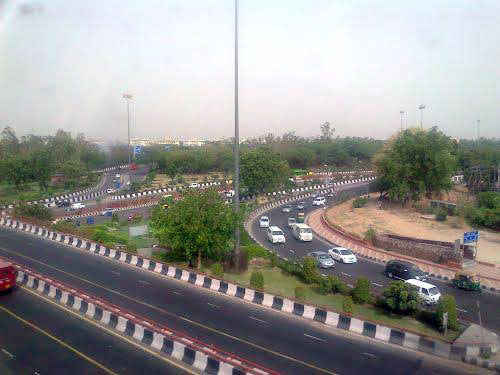
While taking those swanky turns a zillion times on the Dhaula Kuan roundabout which boasts of its expanse, have you ever known that there exists a 200-year old white well right there which has lent the place its name? In a garden on the side of the road advancing towards Palam Airport lays this ancient water well that has white-colored sand. And just as Dhaulagiri means white mountain, the term Dhaula Kuan refers to white well that marks a history to this place.
The well is speculated to be constructed by Shah Alam II, the Mughal emperor of India during the late 18th century, and now stands there with a broken ladder amidst the noises of the town, lauding the masonry of its times.
Siri Fort
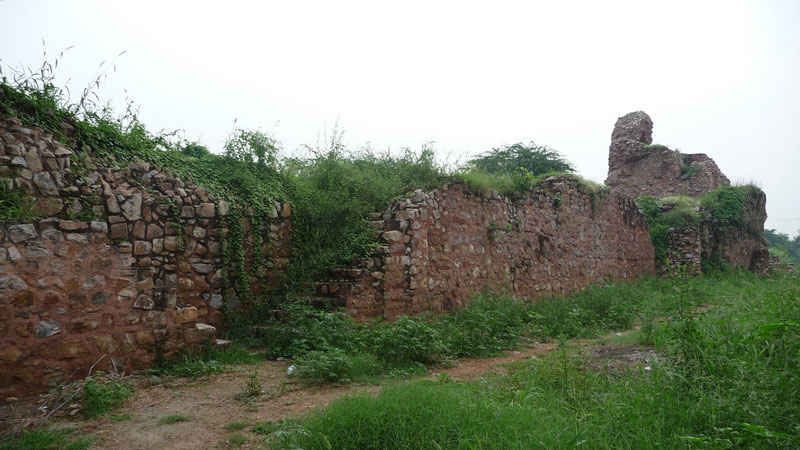
Unfolding the legends of Ala-ud-Din Khilji’s war exploits reveal a victorious, or rather a scary account of this historic monument, depending on how you would take it. Legend has it that severed heads of about 8000 Mongol soldiers, killed in the war, were used to build the foundation of this structure, the remains of which still decorate the capital. Sir means head, and the story of its foundation has earned the monument its name.
Shahdara
One of the busiest streets as it happens to be, the hurried lifestyle of Shahdara has got the relevance of its location buried in the books. Situated on the banks of the Yamuna, the waters of which grant life to the city, Shahdara was the region where the goods entered the city through the river. Hence the origination of the name Shahdara, which means ‘shahi dariya’. Dariya denotes a river, and there are many places across India which borrow the same name for being located on the banks of a river.
This article is written by Khushboo Panjwani. Khushboo is a part time blogger and a full time feminist. If she is not busy explaining the world what feminism means, she is found reading (no love stories please), gardening (she is deeply devoted to her plants) or meditating (not a day without it). The term soliloquy was coined for her alone, and if you ask about the most beautiful experience - it would be a morning sunrise!
Like
Bookmark
Share

